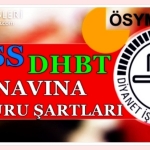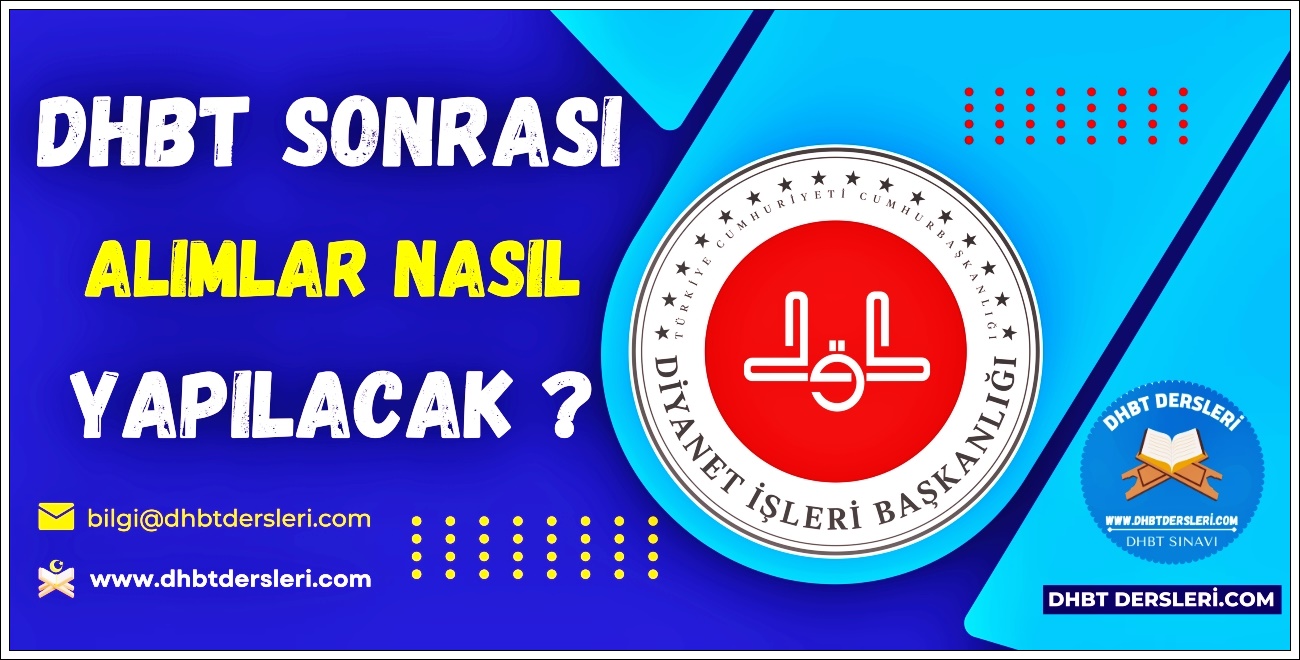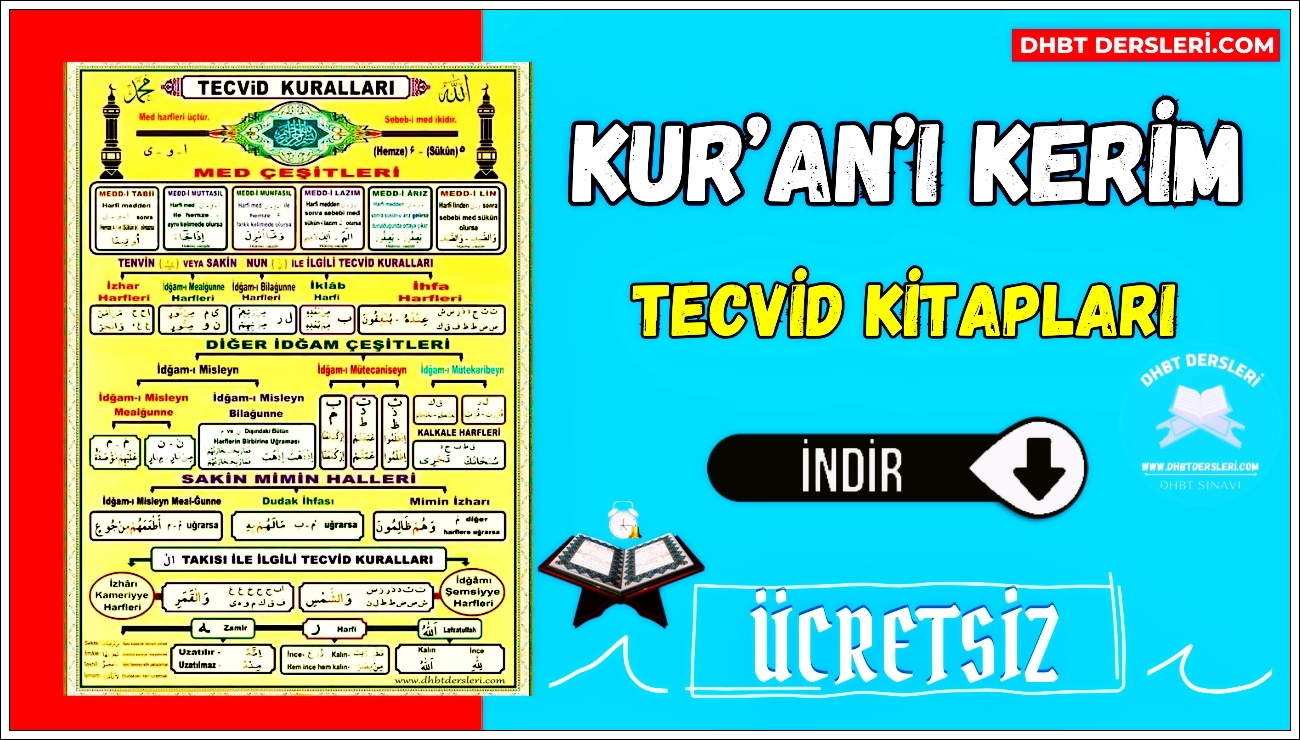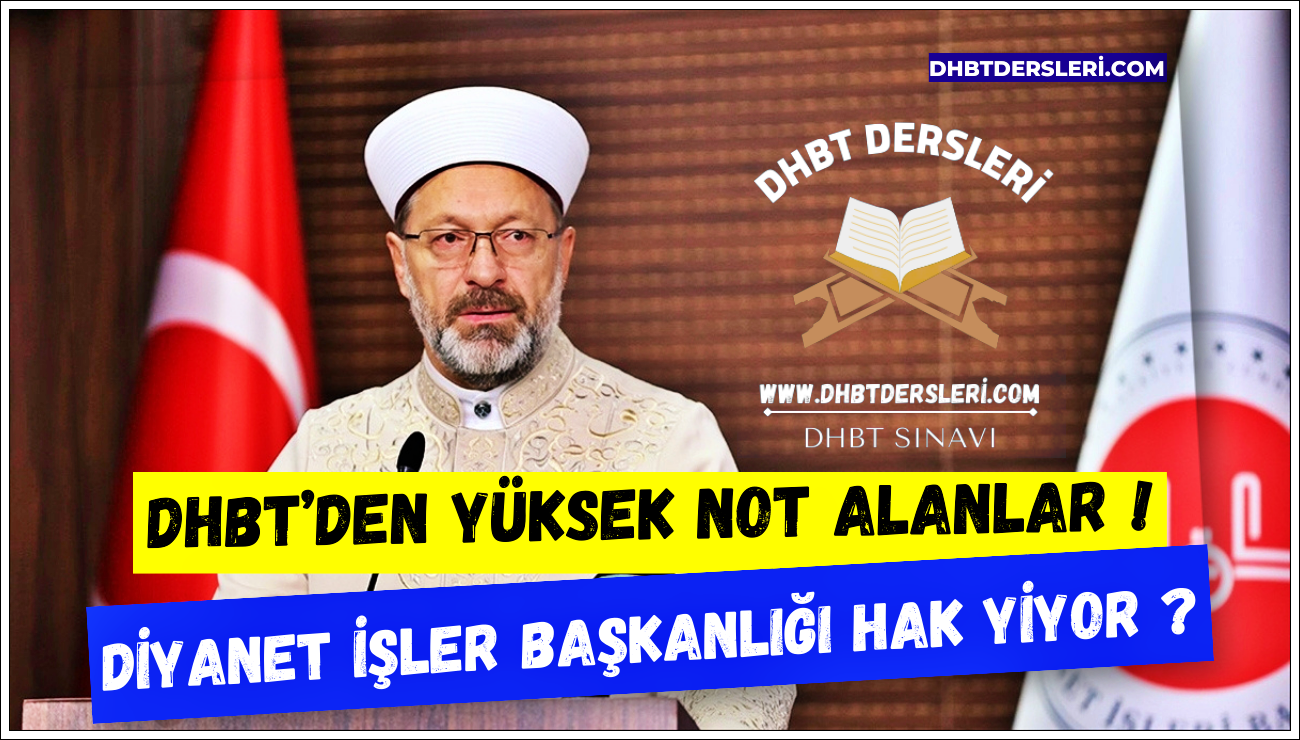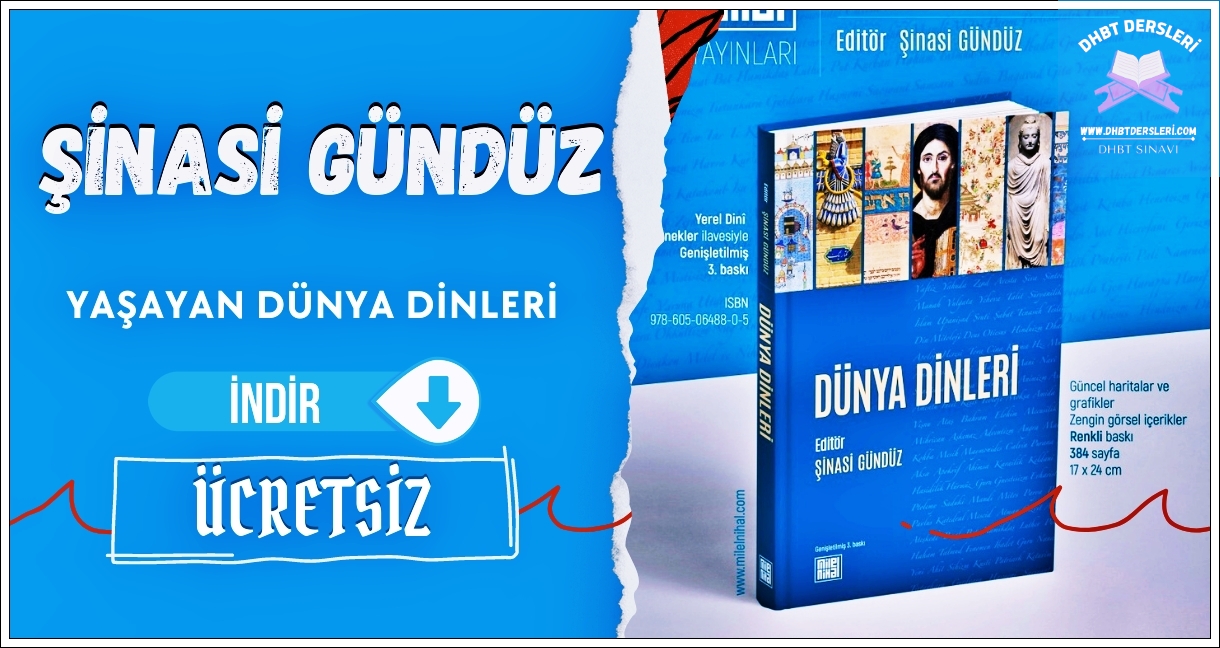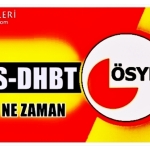“Behold, God raised Adam, and Noah, and the House of Abraham, and the House of Imran above all mankind in one line of descent.” (Chapter 3, verse 33) This verse from the Quran lists, among the chosen people, people like Imran(1) and his wife Anna(2), who are not messengers but are mentioned beside the prophets Adam, Noah, and Abraham.
Nations and Their Salvation -II – SECTION ONE
This shows that selection is not just for messengers, but even for the leading personalities who will grow up and will play a role in societies’ salvation. This choice God made, was it a random one? Or were there att ributes that qualifi ed these people to be candidates?
What could those att ributes be that give priority to any candidate for nomination? It is a fact that we live in a world of reasons. This reality of the whole universe working through cause and eff ect is part of God’s wisdom and design. From this angle, even the most miraculous events have an explanation and wisdom in this cause-and-eff ect relationship. The Quran calls this “Sunnatullah” – God’s law and design.
Man’s reasoning may fall short sometimes in comprehending the wisdom and the reason behind some events in God’s design; the reasoning was constructed by a much higher intellect that is complete. This is part of God’s wisdom. Yes, then, what were these att ributes that these abovementioned families and individuals had that enabled them to be among the candidates for nomination for leadership in their societies? Are we given information about any of these qualities?
The Quran replies to this question – “yes.” The narration of devotion we are detailing in this book you are holding is revealed by the book in which there is no doubt. That book, the Quran, has an all-inclusive universal message that is not limited to a specifi c time, place, or people.
However, it sometimes expresses a universal message by using a specifi c time, place and concrete event with people who are named. The stories narrated in the Quran are selected by God with great purpose, as He knows mankind’s problems in the past and the future. Why is it that of the thousands of prophets, only a few more than 20 are named and their stories narrated in the Quran?
When the Quran draws att ention to a matt er with an example, it shows that this matt er potentially will aff ect mankind in the future as a major issue. It is even possible to chart common problems looking at Quran’s sample histories.
These range from common community problems with which many societies have struggled, to religious problems as people became diverted from pure worship of God toward factionalism and devotion toward other objects. For the Quran to take the rich human experience from the specifi c time and place where it occurred and retell it to future generations is one of countless forms of God’s mercy. One key story that shows solutions for human problems is the saga of the exemplary devotion that Imran, his wife Anna, their daughter Mary, and Mary’s son Prophet Jesus demonstrated with their lives, their commitment to the Almighty, and the things that they gave up for the sake of their Lord.
Imran was Prophet Jesus’ grandfather and was a pious person, highly respected in the community. Prophet Jesus’ grand mother was called Anna. Anna was a very religious and chaste woman. She had reached a mature age without bearing children. She possessed the desire to have a child of her own; thus, she prayed and wept to the Lord asking for a pious child. Her Lord accepted her supplication and she became pregnant. In gratitude to her Lord, she decided to give her child into the service of the sanctuary.
But Imran said to Anna, “What if the child is a girl, as girls are not accepted for the service of the sanctuary?” They both feared that if the child was a girl, they would not be able to keep their promise to God. For Anna had made a promise to her Lord upon conceiving. She promised to dedicate her child to the service of the sacred mosque and sanctuary in Jerusalem. She made this promise in the surety of thought that she would deliver a boy, as only males were caretakers of the sanctuary at the time. “Behold! The Wife of Imran said, ‘O my Lord! I do dedicate unto thee that which is in my womb, for thy special service, so accept this of me, for thou hearest and knowest of all things.’ ” (Chapter 3, verse 35)
It is the devotional act of Anna, Imran’s wife, that started this process of devotion that continued through three generations: mother, child, and grandchild. Mary, the one Anna devoted to God, was given an exceptional mission in the history of mankind; her son Prophet Jesus completed this mission as a prophet.
Then Zachariah came into play, and there followed John’s miraculous birth. Three of these people ended up sacrifi cing their lives for their belief. (Prophet Jesus is sacrifi ced spiritually.) The initial impetus for all of this is the devotion of Anna: A tree of devotion fl ourished from her sincere supplication. Her act of devotion constitutes the fi rst ring in the chain of this great devotional process. It was the reason for the divine selection of herself and her family. Thus, we want to draw our att ention to this phenomenon of devotion, which is the core of this process.
We do believe that one of the wisdoms in God’s immortalization of this story in Quran is to bring att ention to the phenomenon of Anna and her graceful act of devotion, which started the process that brought about leaders who grew up to be able to shoulder the heritage of prophethood. The nation of believers – which is now like a rosary of prayer beads missing the leading bead and scatt ered all around – must begin raising their own leaders even before they are born out of their mothers’ wombs. So they will devote their own Marys – they will not fall into the mistake of just lazily waiting for a Jesus to come and give glad tidings.
The nation of believers will appropriate the methods and guidelines that the Quran puts forward for them in an att empt to bring up their own guides. They believe and know that there is no nation without a savior in this sense. Every nation will raise its own savior itself, and the nation of believers will undertake leadership again with a group of chosen ones consisting of not only one but thousands of saviors. Doesn’t the news of the Quran support this fact? “… and (in God) all people have a guide.” (Chapter 13, verse 7)
This is what should never slip from our minds: God put in place divine laws for each and every thing He created. Everything happens within the framework of these divine laws. Of course, among these laws, there are rules for creating broad change. Our Lord immortalizes some of the positive and negative examples from history by narrating them in the Quran. After that, God advises often never to forget them. “Thus (it is): no change wilt thou ever fi nd in God’s way; yea, no deviation wilt thou ever fi nd in God’s way!” (Chapter 35, verse 43; chapter 17, verse 77; chapter 33, verse 62; chapter 48, verse 23) God’s law is unchangeable, and it is futile to expect it to change. So what is left for us is to comprehend the wisdom of this law and to comply by it.
First we need to understand the message. We believe that none of the examples in the Quran are for mere entertainment or for the sake of storytelling. Furthermore, the examples selected to be included in the Quran weren’t picked by lott ery, or chosen at random. The disbelievers at the time of the last prophet, Muhammad3, reacted to these parables that Quran lifted from the dusty depths of the history as if they were mere stories, rather than lessons: “(And so) whenever Our messages are conveyed to them, they but say, ‘Fables of ancient times!’ ” (Chapter 83, verse 13) Rather, our Lord gave these examples for people to be advised by them: “And (thus it is that) God propounds parables unto men, so that they might bethink themselves (of the truth).” (Chapter 14, verse 25) “And so we propound these parables unto man: but none can grasp their innermost meaning save those who (of Us) are aware.” (Chapter 29, verse 43) “Had We bestowed this Quran from on high upon a mountain, thou wouldst indeed see it humbling itself, breaking asunder for awe of God. And (all) such parables We propound unto men, so that they might (learn to) think.” (Chapter 59, verse 21)
In the Quran, positive examples are given as models to emulate and negative examples are given as lessons. Muslims cannot regard them as mere fairy tales. This book harbors within it the unchanging moral values of mankind, and the meaning within the tales is not peculiar to a certain nation, age, race, class, culture, or climate.
The types of people the Quran describes are prototypes of people. Times may change, and places too. Cultures, lives, living standards, and environments can change. But man’s basic nature does not change. For example, he is given to contention (chapter 18, verse 54). He is created with the inclination toward ignorance and injustice (chapter 33, verse 72). He inclines toward evil (chapter 12, verse 33). He is hasty (chapter 17, verse 11). Man will never change in these core att ributes.
There will never come a time when humans reach perfection and maturity by cleaning up all these viruses carried in their nature. As long as these characteristics exist, man’s need for a divine message won’t diminish. There is only one thing left for him to do – safeguard himself by the guidance of revelation from these weaknesses that come from his nature.
It is for this reason that the Quran provides prototypes for guidance. With a pharaoh type, the Quran illustrates a typology that exists in all times and locations, and it lists the at tributes belonging to this type of person. These include disbelief, dominion, injustice, arrogance, transgression, overindulgence.
The specifi c names and times may change, but what does not change is the character and behavior. Wherever and whenever you might be living, you can fi nd such people in your world, country, region, city, neighborhood, or even in your family. In order to know who this prototype symbolizes, it is enough to know the characteristics.
Abraham and Moses are prototypes as well. They are the positive prototypes – ideal humans and ideal believers. Their characteristics are also clear. You can recognize them in different fi gures within your society. They oppose injustice, submitt ing themselves in truth, siding with the oppressed, and standing against the oppressor.
We have said that the owner of the divine message did not choose the examples He used in His book via a lott ery. The limited number of parables the Lord presented in His book were not mere coincidence. When our Lord selected these examples, surely He did so by wisdom, as He always employs wisdom in every act. It was for good reasons that the examples were selected, emerging from the others and becoming immortalized. In our opinion, it is possible to summarize these reasons in two principles:
1. These examples illustrate the models of human typology, of both individuals and societies.
2. Their stories are lessons that capture the problems and dilemmas people encounter, and off er solutions to people and communities that fi nd themselves in similar situations.
When these examples are given, sometimes very concrete language is used, and it is stressed that these examples are parables. This can be seen, for instance, in the last verses of chapter Tahreem, which delineates the social and communal standing of women, and addresses the Muslim leadership through the wives of the last prophet. These verses carry a clear message.
“For those who are bent on denying the truth God has propounded a parable in (the stories of) Noah’s wife and Lot’s wife. And for those who have faith, God has propounded a parable in (the story of) pharaoh’s wife. And (We have propounded yet another parable of God-consciousness in the story of) Mary, the daughter of Imran.” (Chapter 66, verses 10-12) Yes, the fi rst topic presented in these examples is that humans are dealt with in two categories: disbelievers and believers. Two women are presented as the exemplars and the leaders of the disbelievers; furthermore, they are the wives of prophets – Noah and Lot. The theme in these examples is denial and betrayal. It becomes clear why the Quran seeks certain basic rules on the marriages of believing men and women in order to establish an Islamic family model by pointing out to the phenomenon of a believing man and a nonbelieving woman.
The believers constitute the second part of the example aforementioned: the wife of the pharaoh, and Mary, the daughter of Imran. There is a prototype presented here, with Asiyah being the wife of pharaoh, especially for the believing woman who could not fi nd her true surroundings. Asiyah is presented as a model who wrote the legendary history of protecting her faith against disbelief, while not gett ing caught in the illusions of worldly magnifi cence and pleasures. This parable of course constitutes a source of strength and resistance for the believing woman – surely even in this contemporary century – who encounters a fi ght to protect her faith against the dominance of men who have become pharaohs. The second example Quran gave of a believing woman is Mary.
Here we are going to examine the act of devotion that brought Mary and so many other exemplary ones into light. Asiyah and Mary are the parables of diff erent dimensions. The fi rst one is the prototype of an individual struggle, as if seen through a concave lens. However the second one is more the prototype of social struggle – even though there is naturally an individual side to it – as if seen through a convex lens. God has saved these examples of struggles as parables of advice and lesson for the future history of mankind by taking them into the Quran.
So we will draw the historic framework of a divine parable, which we believe interests us and our society dearly, as chosen by God for us to seek advice from. We will study the parable from respected sources, beginning with the verses of Quran. At the same time, we will draw att ention to contributions this event could bring into our lives and the future of the
islamic life.
However, before we move on, for the point of bett er understanding the verses of Quran narrating this event, let us briefly touch upon the atmosphere in Medina where these verses were revealed and the events pointed out as circumstances surrounding the revelation.


